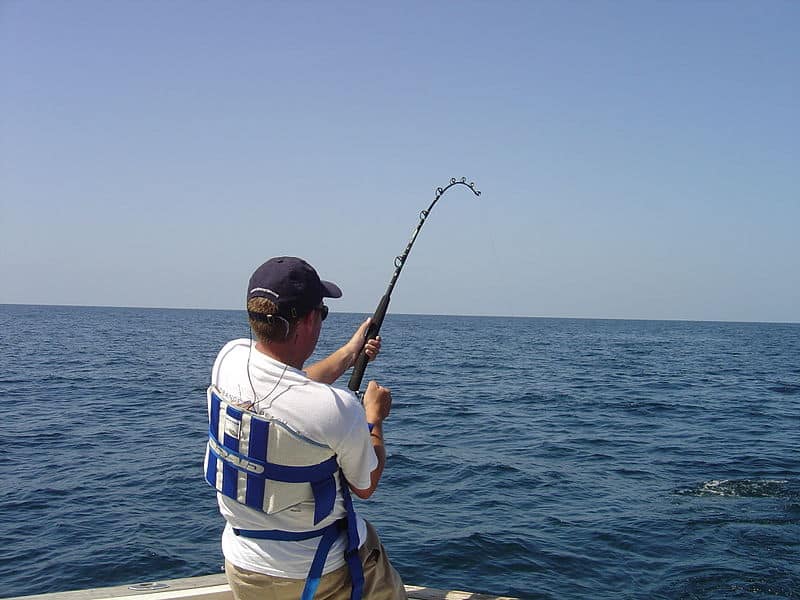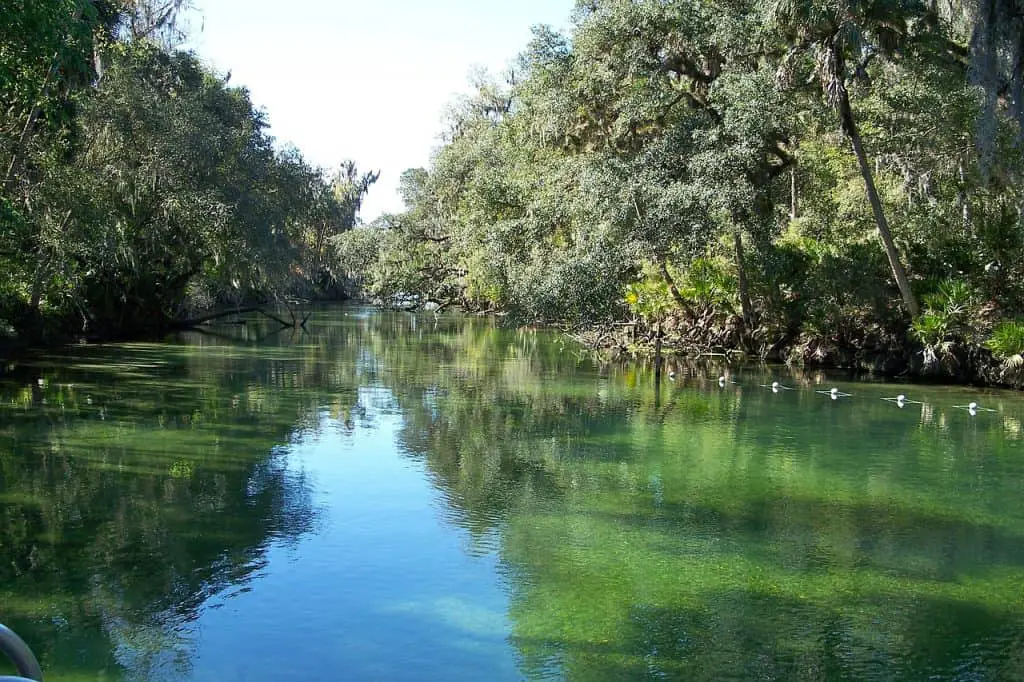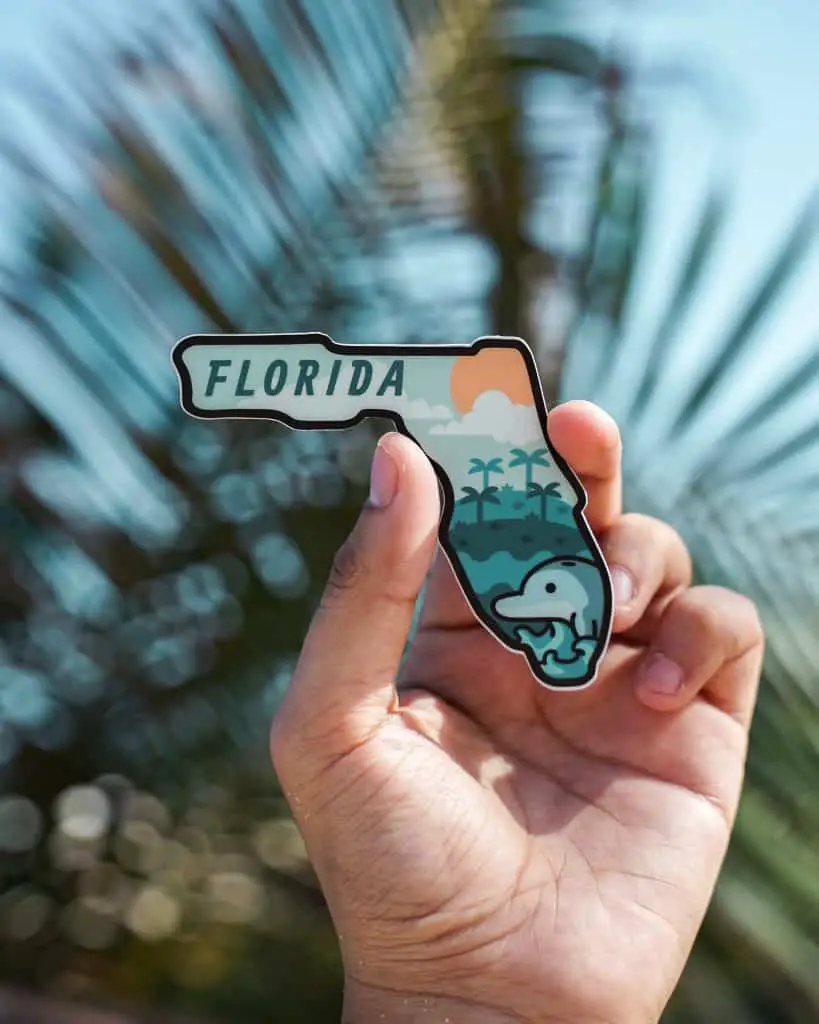Do you feel a sudden urge to escape the demands of land and plunge into the depths of adventure? Look no further than deep sea fishing in the Florida Keys, where untamed waters await your angling prowess. Prepare to be hooked (pun intended) as we dive headfirst into an aquatic expedition like no other.
From battling colossal marlins that could make Moby Dick tremble, to reeling in feisty groupers that put up a fight worthy of a heavyweight championship, this thrilling escapade promises to keep you on the edge of your seat – or rather, at the edge of your boat – throughout.
Deep sea fishing in the Florida Keys is an experience that you will remember for a lifetime. You will find that the fish are plentiful and the weather is ideal for the activity.
The only thing that you need to do is learn how to go about it properly. There are some things that you will want to take into consideration, such as safety precautions and baits that you can use.
So grab your sunscreen, strap on your life jacket, and get ready for an exhilarating nautical journey through the mesmerizing world beneath our feet.
Mahi-Mahi
The Florida Keys are an excellent place to fish for mahi mahi. These pelagic fish are incredibly delicious, and they are also a great source of vitamins B12 and phosphorus. They are a great addition to your dinner table.
These migratory fish are more popular these days in restaurants and grocery stores. You might also see them in a fish market.
This fish is known for its jumping ability. They can reach a size of 20 to 30 pounds. In the Florida Keys, you can find these aggressive predators along the entire length of the island.
When it comes to fishing, the best time to catch a mahi mahi is between April and September. This is when the waters are calmest. However, it is possible to catch mahi year-round, depending on your location.
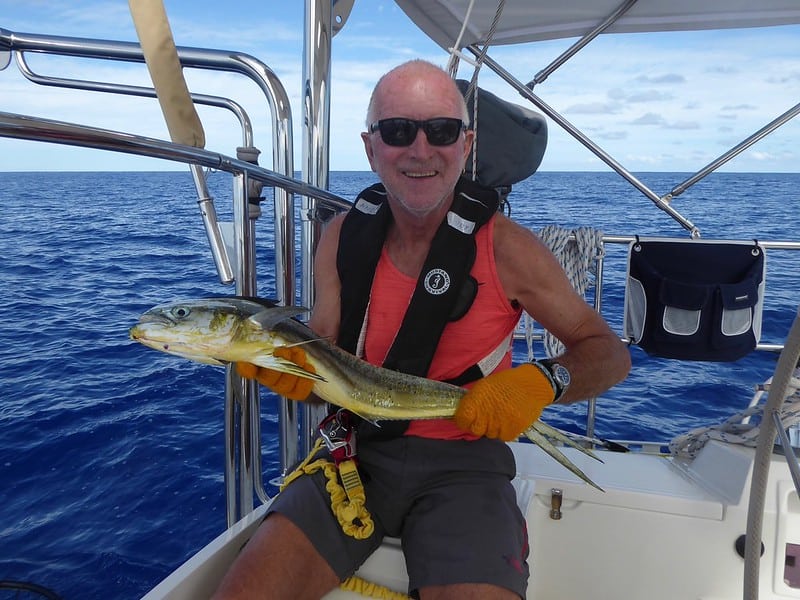
One of the more popular fishing techniques is troll fishing. This is when you attach chunk bait or live bait to the line. Mahi Mahi will follow this line as it moves through the water.
Other methods include fishing for mahi at night. Some fishermen believe that the best mahi mahi fishing takes place at night. A great way to start off your night of mahi mahi fishing is to make sure that the moon is bright enough to illuminate the sea floor.
Another method for mahi mahi fishing is to use a weed line. A weed line is a floating patch of vegetation.
Sailfish
Sailfish are a popular target for saltwater fishermen, both novices and seasoned veterans alike. These beautiful fish are considered to be the king of the sea and they can be caught in deep sea waters in the Florida Keys.
In fact, there are 16 different fishing tournaments dedicated to sailfish in the Florida Keys.
The “shower of Ballyhoo” is a time-honored method for catching sailfish in the Florida Keys. This method involves casting live bait to the sailfish.
Another method is trolling, which uses multiple lines in the water to drive a boat around. The troll is especially effective with live bait. It can also be useful for other species, such as swordfish and mahi mahi.

When it comes to deep-sea fishing in the Florida Keys, the best method is to take your boat out with an experienced crew and use light tackle. They can help you find a good location.
Sailfish tend to migrate between the Florida Keys and other destinations in the Gulf Stream, so it is important to understand their migration patterns.
Typically, they travel between shallow and deep waters.
Sailfish can grow to be large. One of the smallest can be less than a foot long, while the largest can weigh more than 200 pounds. You can expect to catch sailfish in the Keys throughout the year, as well as in other places off the coast.
Tuna
If you’re looking for a great place to go deep-sea fishing, you can’t go wrong with the Florida Keys. This part of the Gulf of Mexico is home to a variety of pelagic species.
In the Keys, you’ll find Blackfin and Yellowfin Tuna. These hard-fighting fish can reach sizes of 45 pounds or more. They’re prized for their high-quality sashimii-grade meat.
You’ll also find kingfish and dolphins. Kingfish and dolphins can be quite large. Many local captains target these species around hump reefs and deep wrecks. The humps are triggered by the Gulf Stream current, bringing nutrient-rich seawater up to the surface.

Blackfin tuna can be spotted in deep water drop-offs or near wrecks. They are known to follow floating debris. Often, they can save your trip when Swordfish baits aren’t good.
Another popular deep-sea fishing species found in the Florida Keys is the wahoo. These are hard-fighting, colorful fish that can be found anywhere offshore.
If you’re looking for a fun day of deep-sea fishing, try a charter with Fins & Feathers. The charter uses live bait to chum the fish. A good time to book this charter is when you’re planning to fish for tuna.
Other types of deep-sea fishing in the Florida Keys include grouper, cobia, amberjack, and kingfish. You can target these species in March, April, and September.
Yellowtail snapper
If you’re looking for a fish to target in the Florida Keys, look no further than the yellowtail snapper. These fish can be found on both coasts of Florida.
You may catch these fish on both artificial and natural baits. While most people fish for them with cut bait, they also have the ability to bite right off the hook.
For the most part, Yellowtail Snappers feed on worms, shrimp, crabs, and other small food items. In the Caribbean and the Bahamas, these snappers are commonly caught in shallow waters near reefs and shipwrecks.
The best time to fish for them is during the summer. They are typically taken between 10 and 18 inches in length.
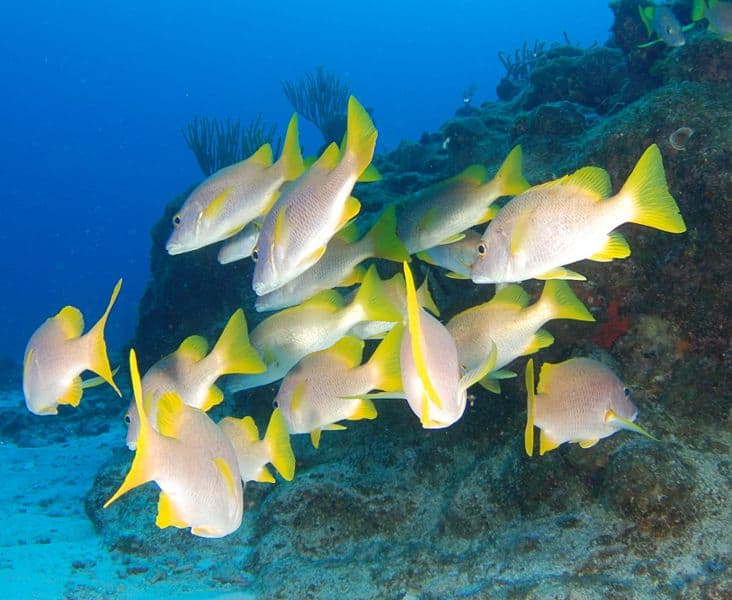
When fishing for this species, it is recommended to use light tackle. They are not particularly aggressive, and light tackle will limit the amount of strikes you get from them.
The yellowtail’s coloration begins on its snout and widens posteriorly. It has a yellow tail fin and a bright yellow stripe down its lateral line.
During the summer, you’re likely to find these fish in schools. When a school of Yellowtail Snappers is on the water, you’ll often hear the fish swimming well above the bottom.
Occasionally, they will swim over the reef edge, and you can fish on the edge of the reef for them. There’s usually a great bite on the reef around Key West and the Florida Keys.
Safety precautions
If you are considering a Florida Keys deep sea fishing trip, there are a few things you need to know. These include the various etiquette guidelines for this unique marine environment, and the many fish species available.
First, you should understand that the Florida Keys have a number of federally protected species. This includes the American crocodile, manatee, and dolphin. In fact, some species are so endangered that they are off-limits.
Another etiquette rule of thumb is to take the proper safety precautions. For instance, make sure your kids wear a life jacket when on board. You should also be careful about throwing away plastic and monofilament lines. Lastly, don’t feed the wildlife, especially when they are still eating.
The Florida Keys are home to one of the world’s most important and only living coral barrier reefs. To protect it from overfishing, a number of regulations have been set in place.
One of the simplest and most effective means of protecting the Florida Keys is to stay on a mooring. Using a mooring buoy allows you to anchor far from seagrasses, coral, and other types of marine life that can cause damage to your boat and your fishing gear. Alternatively, you can push your boat into deeper water.
There are also plenty of federally protected sharks to be found in the Keys. They can be caught by using a dead bait, or by trolling for natural prey.
Baits to use
If you’re planning a deep-sea fishing trip in Florida, there are a few things to keep in mind. One of the first things to consider is the type of bait you want to use.
The type of bait you choose depends on the species of fish you’re targeting. Some of the more popular baits include shrimp, menhaden, finger mullet, and squid. Other baits are also available at local fishing shops.
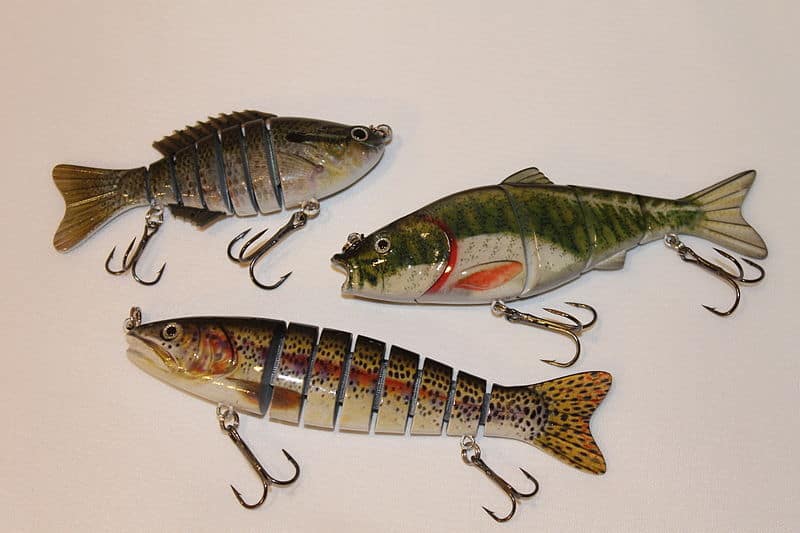
You can also fish with live bait. Flounder is one of the most popular saltwater baits in Florida. These lazy predators bury themselves in gravel and sand and are a favorite of many anglers.
For reef fishermen, chumming is a common method. Chomping involves using a piece of squid and letting it work its way back up to the surface. This attracts fish to the surface and holds them tight to the reef.
When fishing in shallow water, the best baits for flounder are shrimp and whitebait. Flounders ambush their prey and can be difficult to catch.
For inshore fishing, pinfish is a good choice. Pinfish are small fish that are often caught with a small hook. They’re a great bait for catching snook, trout, and other smaller gamefish.
The Florida Keys are home to hundreds of bridges. Many anglers choose to fish under and around the bridges to catch a variety of fish.
You May Also Like:

